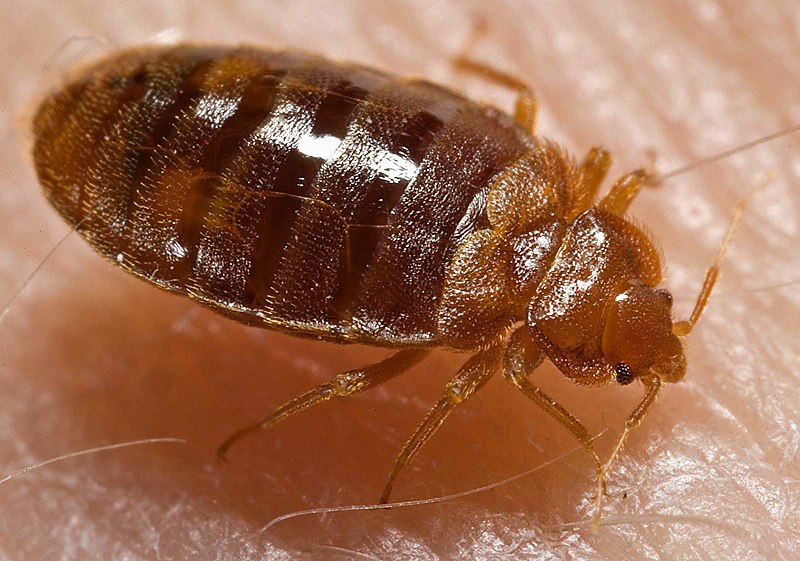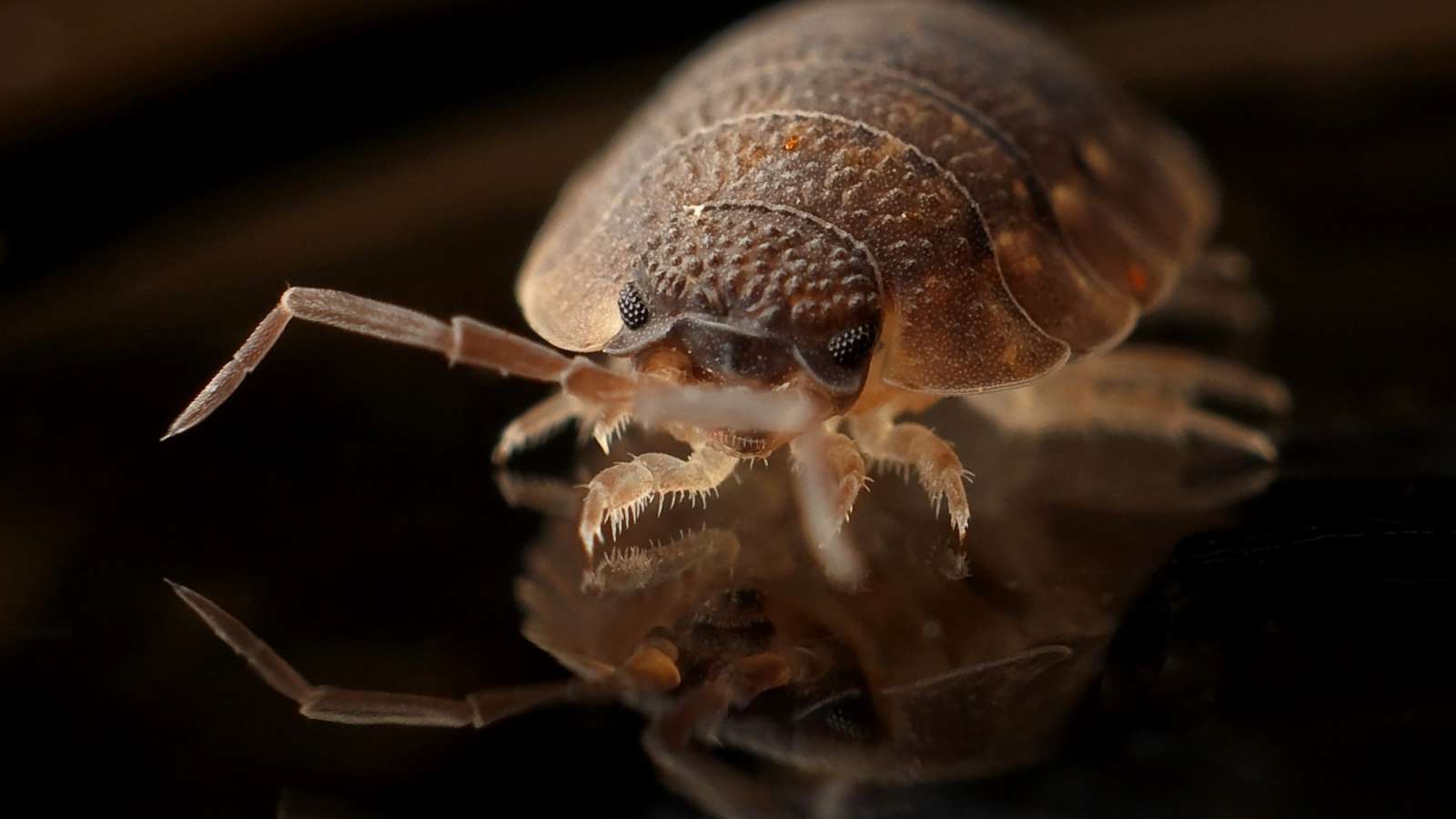Bed Bug Exterminator
Check out this cool video from BrainStuff – HowStuffWorks on the topic of how bed bugs work:
Transcript:
You’ve just woken up. Something smells musty and sweet… When you open your eyes your bed has a trail of molted insect shells, rust-colored stains and… tiny smears of excrement. Ugh. Just saying that makes me itchy. So imagine actually finding these traces of bed bugs in your home!
We thought these little vampires were taken care of after we bombed them with DDT in the 1950s. But they’re back! DDT is a potent chemical insecticide. And DDT was outlawed in 1972, so we can’t nuke them from orbit just to be sure. So… arm yourself with knowledge, because here’s what bed bugs are, where they live and how to get rid of them.
The official name for bedbugs is Cimex Lectularius and they’re parasites that feed off their sleeping hosts’ blood. The largest they get is only a quarter of an inch. And they’re flat, so they’re easy to miss. They’re brownish and wingless, with 6 shiny legs. And they use their syringe-like mouth beaks to pierce your skin and suck your blood.
Unlike Nosferatu, these guys rarely wake their victims while feeding and can even take 3-10 minutes to gorge on your blood. While drinking, they release their own saliva into your broken skin, which can eventually cause an allergic reaction.
Luckily, they don’t spread disease. But the bites can swell and itch, except for 30% of people who have no reaction to these bugs at all. Still, they probably won’t drain you dry. It actually takes 100,000 bed bugs feeding on you at least once a week to make you anemic.
Let’s put one misconception to rest though: bed bugs aren’t a sign of poor hygiene. Even immaculate mansions can get them. It only takes one to ride on in and infect your whole home. The messier the domicile, the more places they have to hide.
Here’s a short list of spots they can conceal themselves: sofa seams, bed frame cracks, torn wallpaper, backpacks, light switches, televisions, clocks, phones, rugs, baseboards, curtains, clothing, towels, or even… pillows. Basically anywhere dark and protected is up for grabs.
One way to tell you’ve got them is from the coriander-like odor they release when they’re alarmed. The worst part is they can live up to a year without eating. So even if you move into a vacant residence, they could still be there… waiting.
So then… how do we kill them? Well, like with any vampire you should hire a professional. They must be EXTERMINATED. To successfully eradicate them sometimes takes up to four different treatments, like dry ice sprays, steam, vacuuming, fumigation and insecticides. Sustained exposure to temperatures over 120 degree Fahrenheit will also kill them. Which is why you’ll need to wash all your linens and blast them inside a hot dryer.
And remember what I said about messy clutter? Yeah, you’ve got to clean all that up so they won’t have any place to hide again. Some people also use plastic encasing around their mattress, box spring and pillows to keep them from returning.




